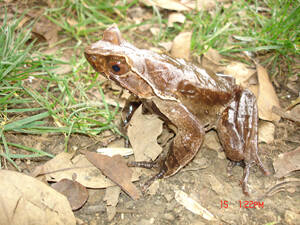
Xenophrys shuichengensis
Xenophrys shuichengensis,Water City Heterohorned Toad
This toad lives in the subtropical evergreen broad-leaved forest mountainous···
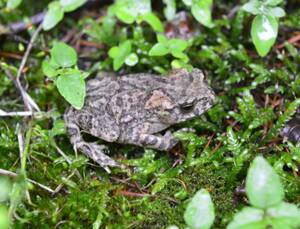
Bufo stejnegeri
Bufo stejnegeri,Toad, Glandular Toad,Stejnegeds toad
Shi's toad is an amphibian of the genus Toad of the family Toad, commonl···
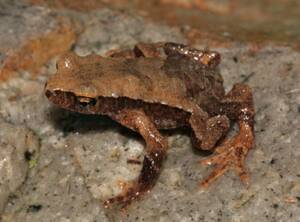
Parapelophryne scalptus
Nectophryne scalptus, Pelophryne scalpta, Pelophryne scalptus
This toad lives in forest areas at an altitude of 350-1400m, mostly living a···
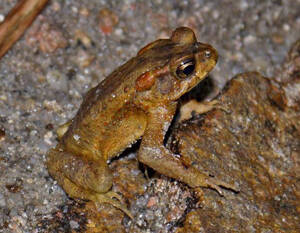
Ingerophrynus ledongensis
Ingerophrynus ledongensis,Helmeted Toad
Ledong toad, a species of the genus Bufo in the family Bufoidae, lives in ev···
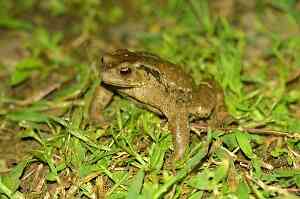
Torrentophryne aspiniaYang et Rao
Torrentophryne aspiniaYang et Rao
This toad lives in mountainous areas at an altitude of 1800-2100m, often liv···
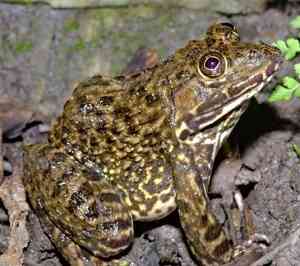
Hoplobatrachus chinensis
Hoplobatrachus chinensis,Hoplobatrachus rugulosus,Water chicken, frog, green chicken, mud frog, toad
Tiger frogs often live in water places such as rice fields, ditches, ponds, ···
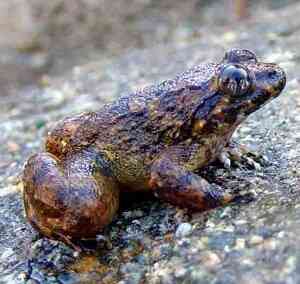
Limnonectes fragilis
Limnonectes fragilis,Fragile Large-headed Frog,Big-headed frog, crispy frog
The appearance is very similar to the Banna big-headed frog (Limnonectes ban···
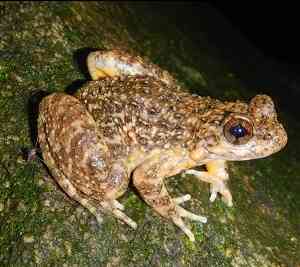
Yerana yei
Yerana yei,Anal thorn frog, Ye's anal frog
Ye's anal thorn frog is also known as Ye's bulging anal frog. Adult ···
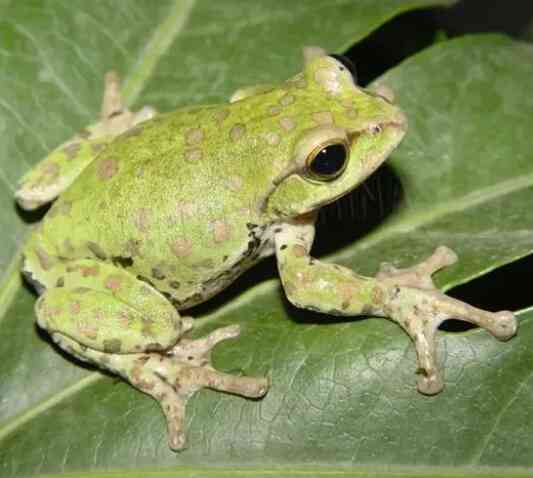
Zhangixalus hongchibaensis
Wuxi tree frog
During the breeding season from March to June, the male frog makes a "d···
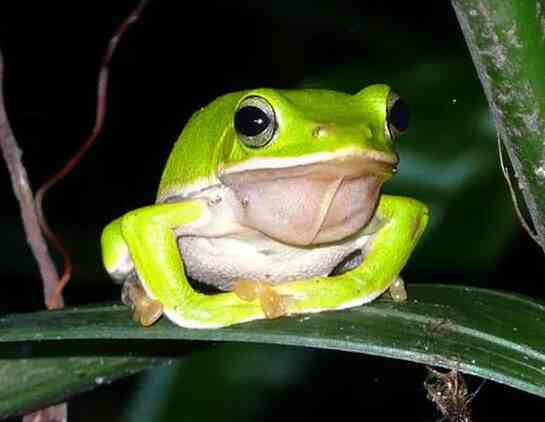
Rhacophorus laoshan
Old Mountain Tree Frog
The Laoshan tree frog is commonly found in mixed forests of secondary broad-···
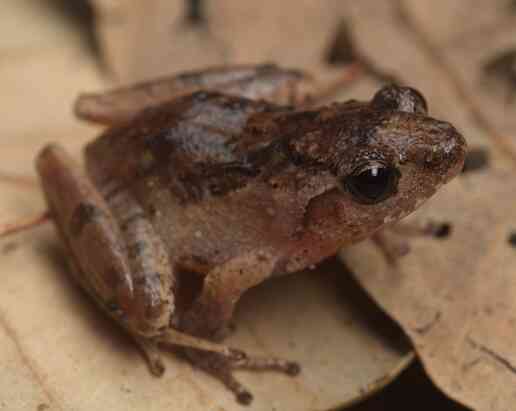
Liuixalus romeri
Romer's Tree Frog,Romer Liu tree frog
Romer's tree frog, a species of the genus Rhacophoridae, lives near the ···
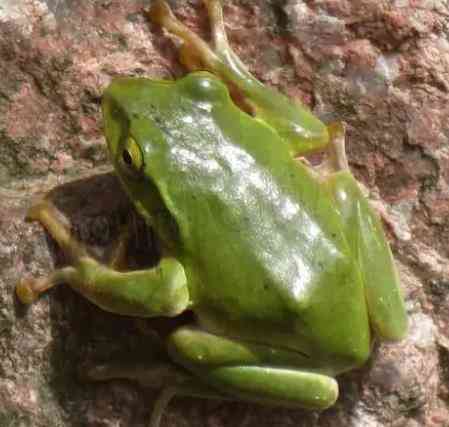
Polypedates hungfuensis
Hongfo tree frog
Hongfo tree frog is an amphibian tree frog family, with a relatively flat bo···
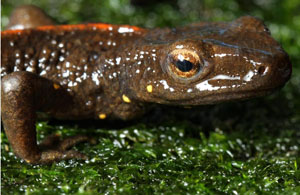
Paramesotriton chinensis
Paramesotriton chinensis,Chinese Warty Newt,Water monk, baby salamander, bone-dissolving pill
The Chinese newt lives in slow-flowing mountain streams or wet grass and gra···
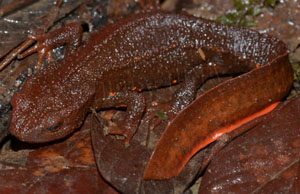
Paramesotriton deloustali
Paramesotriton deloustali,Beibu Gulf newt, De's newt
Habitat: This species inhabits small and medium-sized streams in low-altitud···
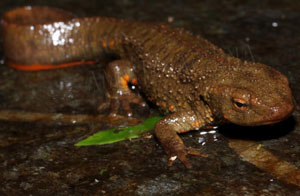
Paramesotriton fuzhongensis
Paramesotriton fuzhongensis
Habitat: This newt lives in streams in broad-leaved forest mountain areas at···
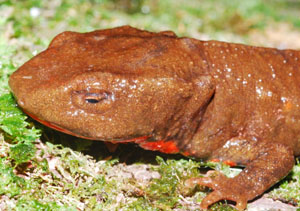
Paramesotriton guangxiensi
Paramesotriton guangxiensi,Guangxi Warty Newt
The Guangxi scrofula lives in mountain streams with a relatively gentle flow···
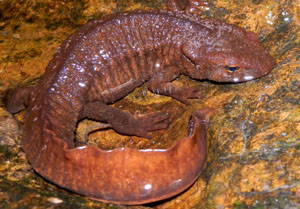
Paramesotriton hongkongensis
Paramesotriton hongkongensis
This newt lives in mountain streams at an altitude of 120-850m, where the wa···
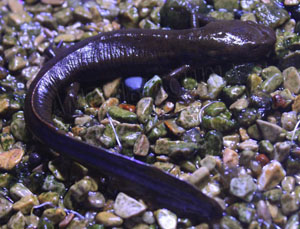
Paramesotriton labiatus
Paramesotriton labiatus
Spotless newt During the day, adult newts were found hiding under the rocks ···
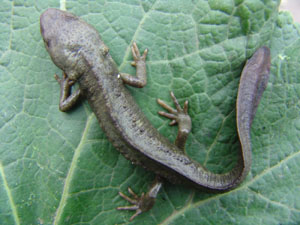
Paramesotriton longliensis
Paramesotriton longliensis
In 2007, experts including Tian Yingzhou, Li Song and Gu Xiaoming discovered···
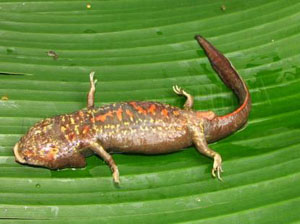
Paramesotriton maolanensis
Paramesotriton maolanensis
This newt lives in large ponds with gentle water flow or ponds with groundwa···
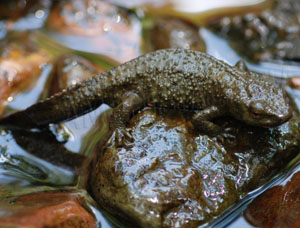
Paramesotriton qixilingensis
Paramesotriton qixilingensis
Habitat: Adult salamanders live in wide and gentle streams in deep mountains···
